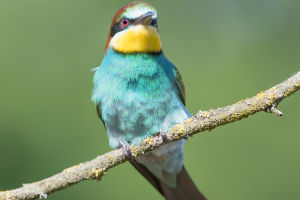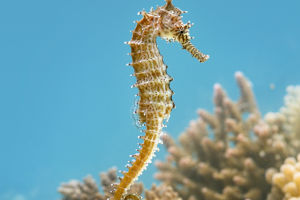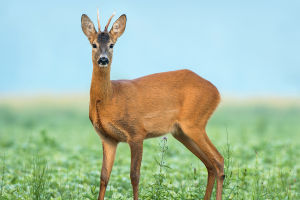
Hey Lykkers! Have you ever come across a bird so colorful it looks like it flew straight out of a painting? Let’s take a closer look at the European bee-eater—a vibrant bird that’s not just stunning to see, but also full of surprises.
If you're into birds or just enjoy learning about the wonders of nature, this one's for you!
Where We Can Find the European Bee-eater
We can spot this beauty—scientifically called Merops apiaster—in many parts of southern Europe, northern Africa, and western Asia. During the warmer months, they breed in Europe, and when it gets chilly, they fly south to spend the winter in tropical Africa, India, and even Sri Lanka. Yes, these birds are true globetrotters!
What Makes Them So Special?
At first glance, we can’t help but be amazed by their colors. Their upper body glows with rich shades of brown and yellow, while the wings show off bright green. Their beak is sharp and black, designed perfectly for catching insects mid-flight. They usually measure around 27 to 29 centimeters long, and that includes two slim tail feathers that make their shape even more elegant. Male and female birds look almost the same, so it's hard to tell them apart just by looking.
They Love the Heat and Hate the Cold
Since they’re migratory birds, bee-eaters follow the warmth. We’ll find them building nests in sandy banks and flat lands during the breeding season, usually in warm, sunny areas. Once the breeding season ends, they head to places with a milder winter climate. This clever travel routine helps them stay active and fed all year long.
Their Unique Way of Life
Bee-eaters live in social groups. They often nest in colonies, digging little tunnels into sandy walls to lay their eggs. These birds are not just pretty—they're expert hunters too! Their name gives us a clue: they love to eat bees and other flying insects. Don’t worry, they’ve got a trick for dealing with stingers. Before eating a bee, they rub it on a hard surface to remove the stinger—pretty smart, right?
Their Role in Nature
We might not think about it often, but bee-eaters play an important role in the ecosystem. By eating insects like bees and wasps, they help balance nature. They also serve as indicators of a healthy environment. When we see bee-eaters around, it's usually a good sign that the local habitat is doing well.
Current Conservation Status
According to the IUCN (International Union for Conservation of Nature), the European bee-eater is not at risk. It’s listed as "Least Concern," which means their population is stable right now. That’s good news for bird lovers everywhere. Still, as their environment changes, it’s always a good idea to stay aware of how we impact nature.
Let’s Protect What We Admire
As much as we enjoy watching these colorful birds, we should also think about how we can protect their world. Simple actions like preserving natural habitats, avoiding pollution, and supporting local conservation programs can make a big difference. After all, every bright flash of feathers in the sky reminds us of how magical nature can be.
So, What Do You Think, Lykkers?
Have you ever seen a bee-eater in real life? Would you like to spot one on your next trip? Let’s keep our eyes open and appreciate these flying rainbows that share our world. If this little bird sparked your curiosity, why not share it with a friend or tell us your favorite bird in the comments?
Let’s keep exploring together!
European bee-eater call
Video by Happy PonyTail


